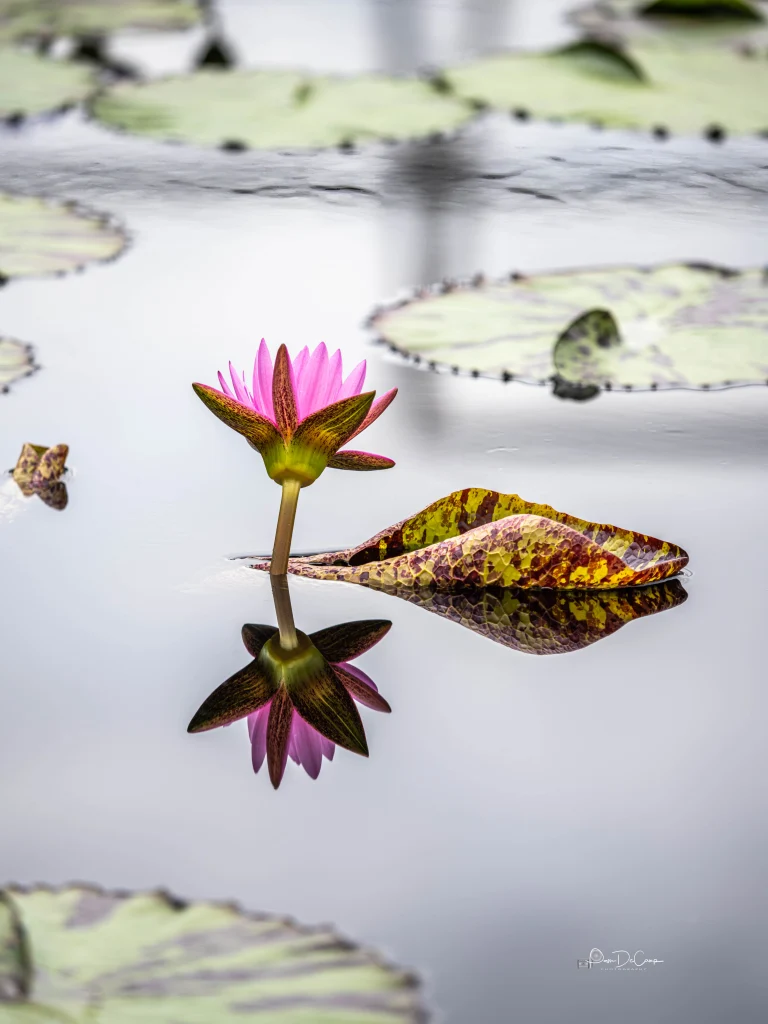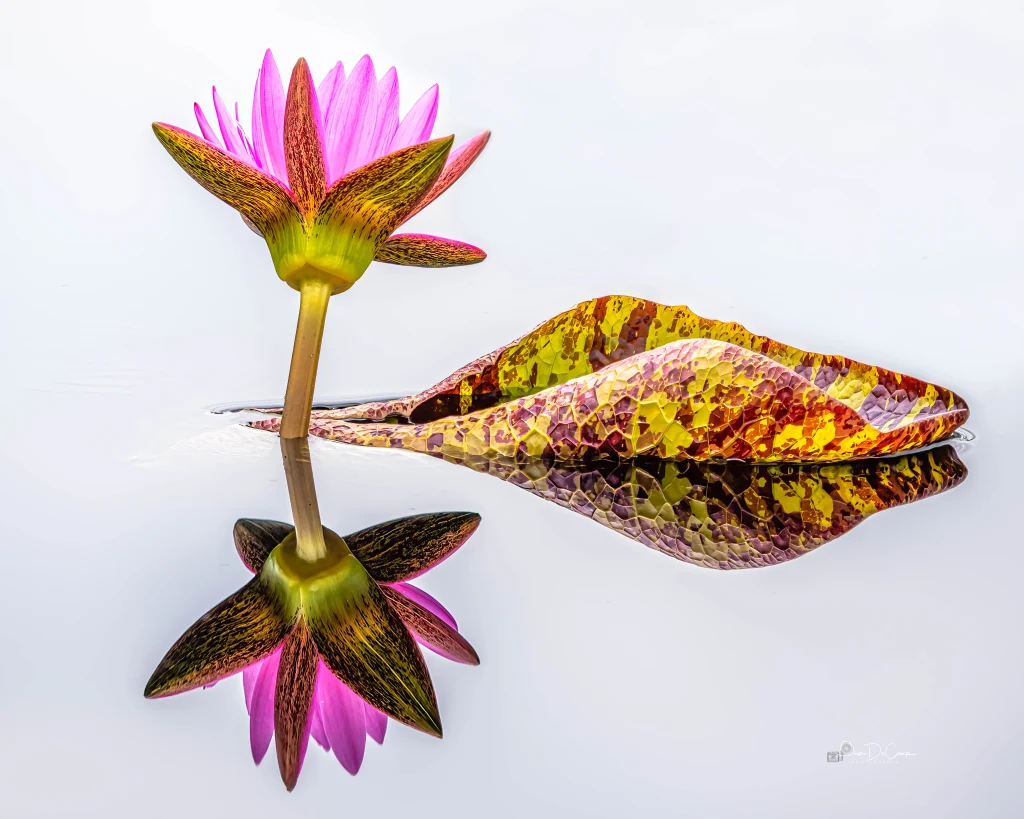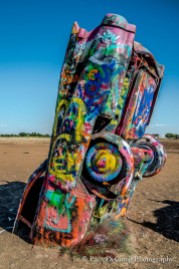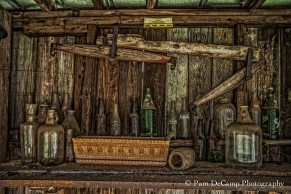True Lies in Photography

The world of photography has seen great changes over the last couple of decades. With the advances of digital photography and the increasing amount of editing software available, it is difficult to separate photographic fact from fiction. Recently, Mike Moats and Rick Sammon have had topics in their groups about whether members are purists or enjoy creativity.
Mike shared his experience of an individual who criticized his use of external programs to give his image a special look. Rick advocates for cropping and using programs to improve images. What about Ansel Adams? He was definitely the master of light; finding it, creating it, using it to make his photographs unique.
Photography, is it an art? Do photographers create? When is a photograph not a photograph? These are questions that have been tossed around for centuries! Think about double exposures, intentional camera movement, and dodging and burning. The photographer has a vision of what their photograph should look like. To compare a photographer to a painter might be unfair, but the process is similar.
A painter, comes on a scene and chooses the color palette, brushes, and type of medium to work with. The image is created with brush strokes on canvas, paper, or other medium. The painter decides the composition and the point of view they want to show. They may change their perspective (edit their work) while they are painting; a few brush strokes and the painting will look completely different. The painter/artist decides when they are finished. The thought process for the photographer is similar, but the tools are completely different.
The photographer approaches the same scene, makes a lens choice, sets the exposure, and studies the composition before pressing the shutter. Rick Sammon talks about using your camera like a drone; move it around and see what different angles look like. Zoom in, out, move forward, backward, turn the camera, try different angles, sometimes it works, sometimes it doesn’t. Not doing these activities will result in missing a unique angle or composition. It has been said many times, “all photographers do is press a button,” but wait…after they press that button they go back to their “darkroom” or computer and work on the image. One of the keys to the creative process is editing.
Editing a photograph can be very simple, just a few adjustments to exposure, contrast, sharpening. There are those who think editing is difficult or challenging, but if it is not practiced, like anything else, it will continue to be daunting. Editing software is easy to come by and a lot of photographers have an arsenal at their disposal, but yet, photographs are placed in public viewing without any adjustments. It is sad…there are many good photographs posted daily, but they could be awesome images with a little work! Those photographs have great potential!
Potential, one must see the potential in an image…the one thing that makes the image unique/special. Taking a few minutes to work on a photograph can make all the difference. There is an article that talks about the artistic eye or creative mind. There are individuals who innately have this “gift;” those who lack the artistic eye can develop it if they work on it. Developing a creative mind takes much practice and dropping some of the preconceived notions/rules about photography. Sometimes it’s just a simple crop or a minor clone, or it could be a hard crop or big clone! Again, see the potential in an image. Creativity takes work. Creatively changing an image often results in the photographic “lie.” Is it still a photograph or an enhanced digital image? The art belongs to the photographer; it is their vision, their view of the world.
Pay attention to photographs you see every day. In the photograph below, clearly the star of the show is the waterlily and the reflections. The photograph was taken at the maximum focal distance and the flower was in the middle of the pond. Take the shot or walk away? This was a single frame. It took work to make the photograph that was visualized at the time the button was pressed. Many pass up the opportunity to go the extra mile to make an image special. The final result? Is it an accurate depiction of the scene or is it a lie?
Leaves

Until recently I did not realize how many different types of leaf photographs I had. Leaves are fascinating. They bud in the spring and are a lively green; then in the fall, they change to reds, yellows, and oranges. Structurally, leaves have veins, stems, and are textually interesting. I love to bring that texture forward in my photographs.
I had posted the above before and after in my post “Creativity: Where Does it Start?” I had transformed the ordinary palm leave to be viewed “differently”. I feel as a photographer it is my job to challenge our view of reality from time to time. The processing I chose for this image changed the color as well as the perspective of the image. It also highlighted the details in the leaf and stem.
On the left you see the original image of the green leaves. I liked how the light was hitting the leaves and felt there was a “photograph” somewhere in this image. I began using my crop tool and started dragging it around the image until I settled on a crop I thought was pleasing to the eye. There was so much going on in the original photograph that I needed to isolate a section. I then converted it to black and white. The tonal range of the image worked well with that choice. I then finished my editing in On1 Effects to add texture and to bring out the details in the leaves.
The above sycamore leaf was taken with my Sigma 120 – 300 f/2.8 zoom. I removed the lower right stem with the patch tool in Photoshop, then edited the color and texture in On1 Effects. The transformation was just what I wanted.

Maple Leaf
I was trying out my Tamron 28 – 300 f/3.5 – 5.6 and captured this leaf hanging off of my maple tree. I was exploring for things to photograph with the lens as I had just purchased it from KEH. I brought out the texture and details using On1 Effects. The sharpening tools in On1 Effects does a great job bringing out the details in images.
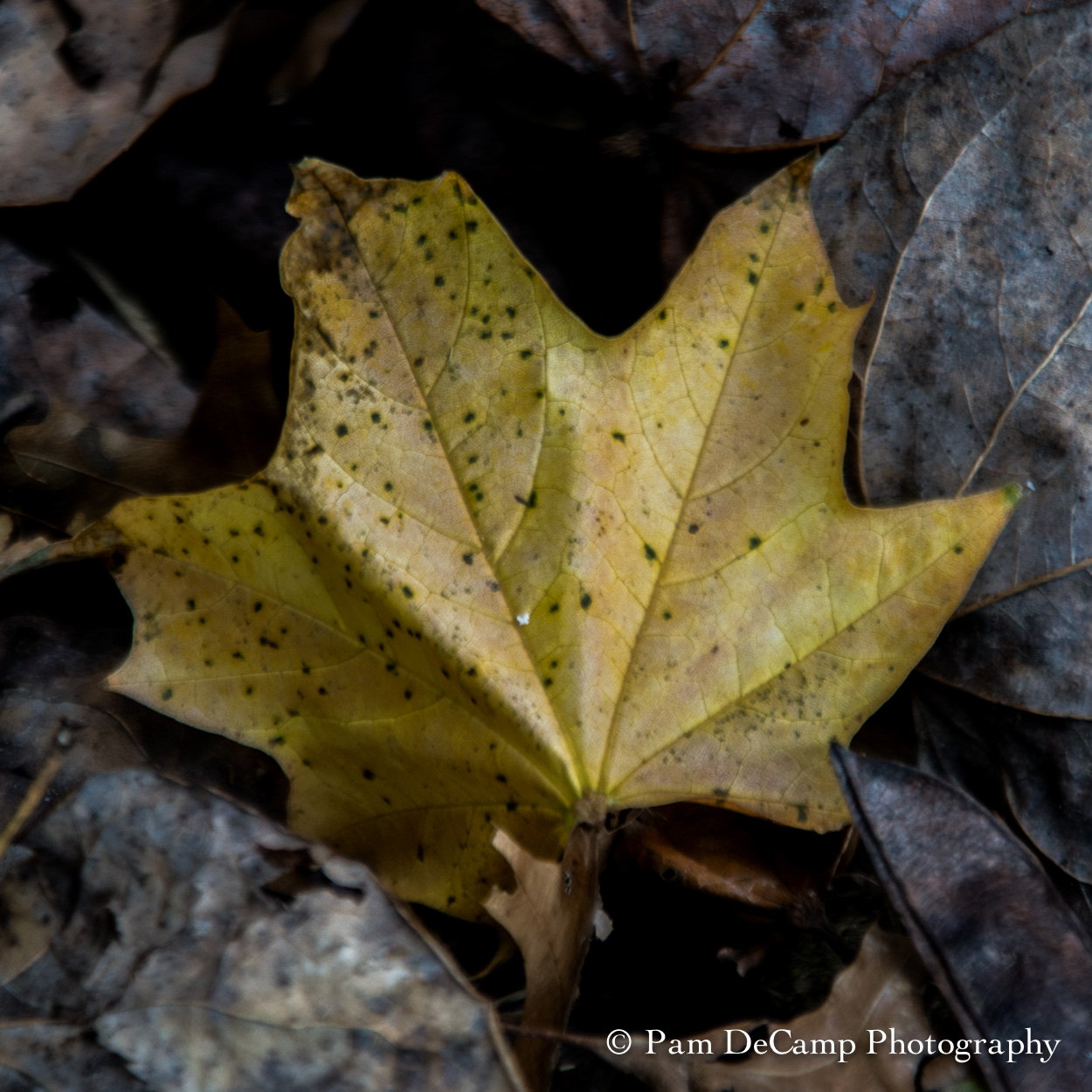
Maple Leaf
This was another leaf I was practicing on with my Tamron 28 – 300 f/3.5 – 5.6. It was a single color leaf among the dry gray and brown leaves. It caught my attention while walking around my patio.
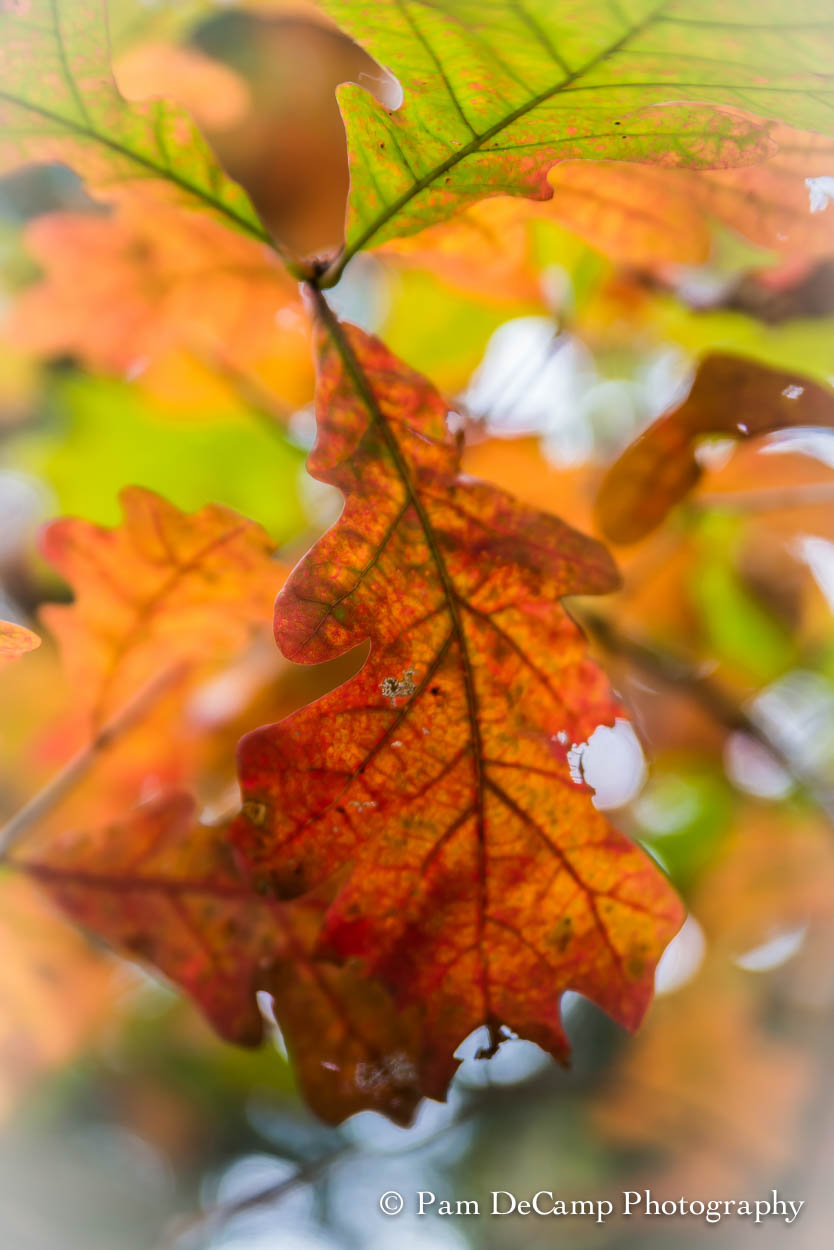
Oak Leaf
I spotted the oak leaf while walking around William and Mary College’s Campus this fall. While the image itself is a little soft, I enhanced that softness by decreasing the clarity. The colors are very vibrant. I added a soft white vignette to make the leaf stand out.
Above are a few of my other leaf images I have captured over the last year. I hope you enjoyed exploring the world of leaves! Effects 10 is available as a free download!
Old Country Store, Jackson, Tennessee


Ice Cream Parlor at the Old Country Store in Jackson, Tennessee
Every so often I browse through my images and something catches my eye. I look at it and think, “What can I do with this?” Images like this have so much detail and I like converting that detail into an HDR-like image. I started out by making a few adjustments to the shadows and highlights in Lightroom. I then moved the image over to On1 Effects to do the rest. I used the Amazing Detail Finder, Clarity, I lightened the shadows, Exaggerated the tones and edges, and added a subtle HDR look to the image. I moved it back into Lightroom to adjust the contrast slightly for my finished product.
See the before and after side by side:
Never give up on images you may have in your files. I hear people all of the time say they delete pictures. While I have many, many images I will never process, occasionally I find one that surprises me!
After posting this blog, it was suggested to me to see what the image looked like in black and white. Here is the result:

Black and White Version of the Ice Cream Parlor
Nature’s Imperfections

When photographing nature we encounter imperfect subjects. It takes a little patience and imagination to make corrections to an image after it’s captured.
While looking through images that were photographed this summer, this one was intriguing. The bug on the coneflower was lost in the shadows and was very much in focus.

Bug lost in the shadows
The shadow slider in Lightroom opened the area and other adjustments were made to the image. Then the gap on the left kept screaming! Cropping did not help, so the image was edited in Photoshop (Photoshop is used as a plug-in to Lightroom). The magic brush tool was used to capture a piece of the adjacent area and a layer was created of that selection. The petal was turned and transformed, then a layer mask was applied so the petal could be blended in with the rest of the flower.

A petal was added to the left to fill the gap
Then the space on the right was an attention grabber. The same technique was applied. After the second petal was added the image was saved in Lightroom and the radial filter and adjustment brush was used to make sure the bug was the central focus of the image.

The gap on the right was filled with data captured from the adjacent area
Nature is imperfect and as the old margarine commercial says, “It’s not nice to fool Mother Nature!” there are those who believe that you capture the image “as is” and make no changes. Making changes to an image that is imperfect has it’s merit. The photographer has to make the decision if the risk of “fooling Mother Nature” is worth taking!
Creativity: Where does it start?

We are all familiar with the chicken and egg concept…which came first? In photography we are faced with a similar dilemma, do our creative ideas come when the photograph is taken or afterwards in post-processing?
There are times when an image is photographed with an end result in mind. Then there are times during post-processing when an idea emerges on how to create a special image.
Take this palm leaf for example:

Palm leaf as shot
It is a nice image, but it is not “special”. How about if the perspective is changed?

Changing the perspective of an image can give more interest
A diagonal line forces the eye to move up through the photograph. While it is an acceptable image, what else can be done to make it more interesting?

Colorization and the addition of textures
By changing the color and adding textures to the image it changed the look all the way around. A tilt-shift was added on a diagonal to give a soft blur to the edges. On1 Effects is an easy way to make these changes. After the changes were made and tweaked, the images were then saved back into Lightroom.

After a few changes in Lightroom
Once the image was imported back into Lightroom, the Trey Ratcliff HDR Romance Soft pre-set was applied and the image was cropped.
Using Lightroom and On1 together is simple. If On1 is set up as a plug-in program to Lightroom, you right click on your image and choose <Edit in> and select the module you need. It will save a copy in Lightroom with your initial edits and then when you are finished in On1 it will save those changes in Lightroom so you can make additional edits if necessary.
Enjoy being creative!
My Favorite Images of 2015: Landscapes

As 2015 comes to a close, I have decided to share my favorite images of 2015 and why they are special to me. I hope you enjoy these images as much as I do!

Arlington National Cemetery

New River Gorge, West Virginia

Great Sand Dunes National Park, Colorado
The two images above are from the Cadillac Ranch in Amarillo, Texas. I had taken a trip out west in 2013 and passed this area without knowing what it was until after the fact. I knew we were going to be going past here again so I made sure we stopped. The bold, highly saturated colors stand out against the cloudless blue sky. My daughter enjoyed the fact she could “legally” paint graffiti onto an object and not be arrested. Her initials EM were boldly painted in yellow and I’m sure were gone by days end. What a great experience though!

Abandoned Corral, Roy, New Mexico

Cabin in the Woods, Adams County, Ohio
Enhanced Landscapes
The next 3 images are ones that I did special processing on to give the images an aged feeling or to enhance specific details in the photograph.
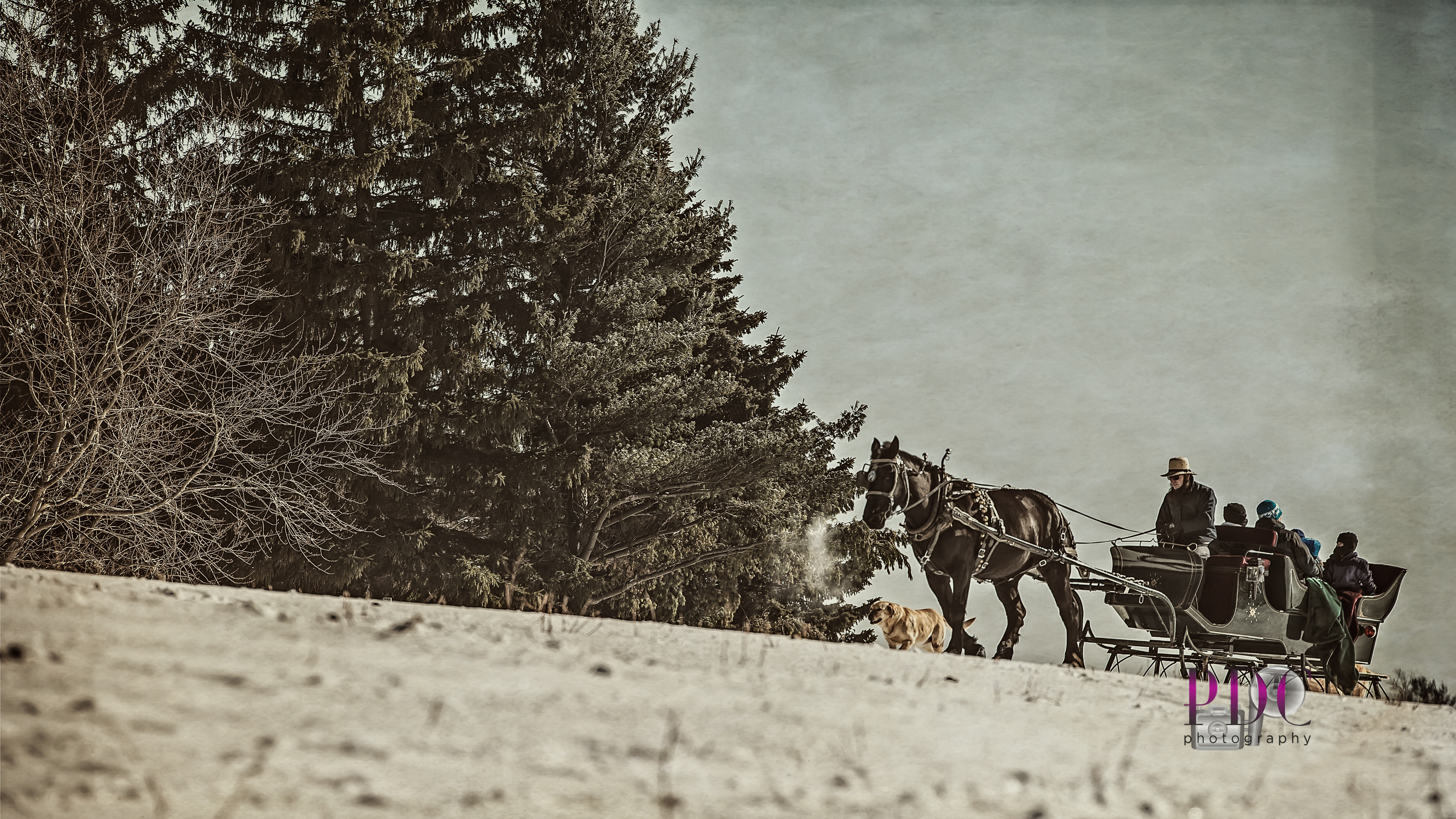
Sleigh Ride, Maryland

Old Mill of Guilford, North Carolina
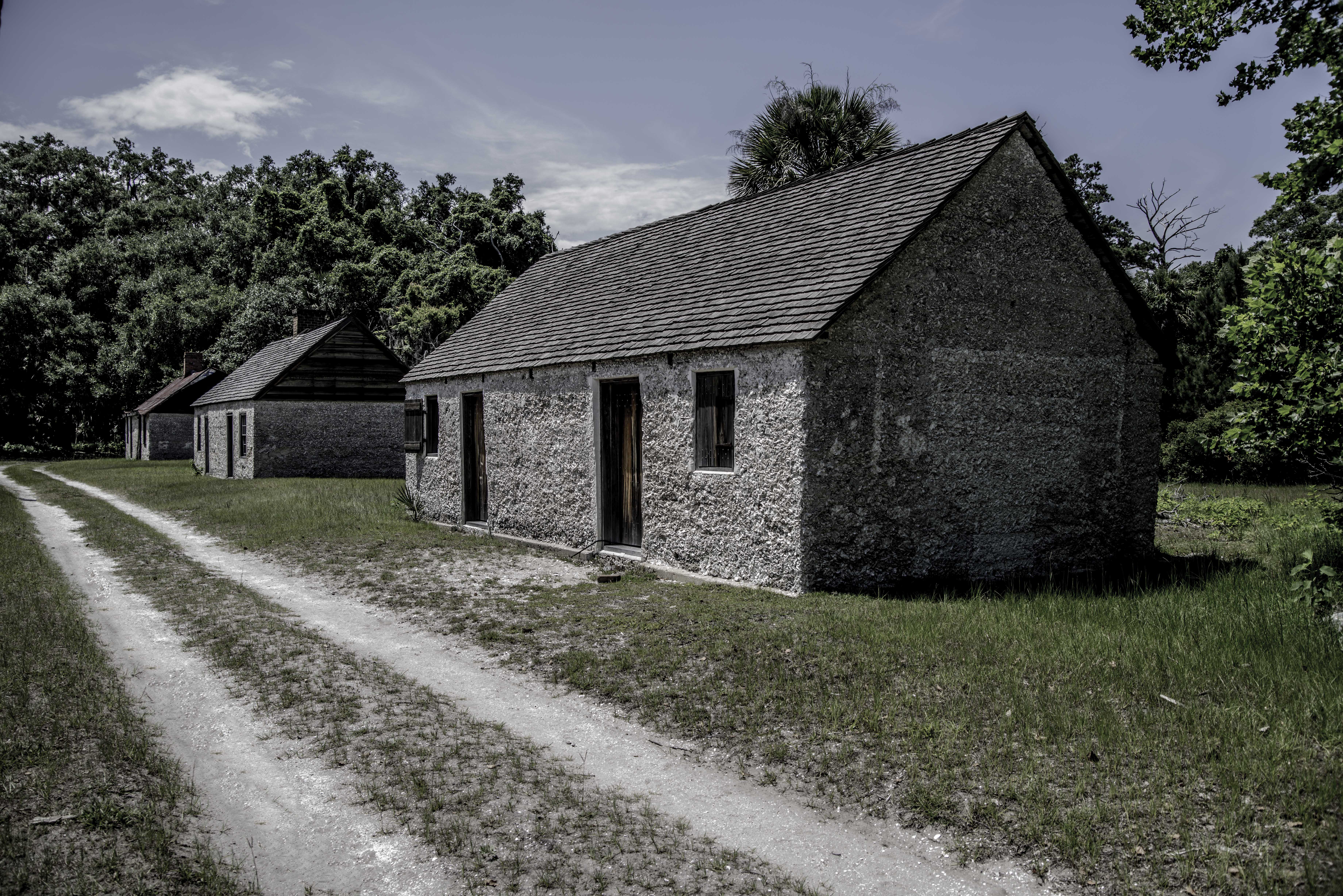
Tabby Shack dating from the 1700’s on Ossabaw Island.
I hope you enjoyed these images! Photographs capture our moments in time and bring back the memories connected to those moments.
Look for my other favorites of 2015!
Image Enhancement

Since posting my blog on using On1 10, I have received approval to be an On1 Affiliate. You can click the link at the bottom of my post to learn more about the On 1 software.
On1 10 was released in November. I have been an On1 user since about version 6. I received a free version of Perfect Effects for attending a Kelby Photoshop Workshop. I thought it was odd they had another company promoting their products at the workshop, but I took the time to watch the demo during our lunch break.
What I found out was On1 can be used as a plug-in or as a stand alone software. I have used it both ways. I make my adjustments in Lightroom then move my image over to On1 Effects to further process my image.
For me On1 is a very simple way to enhance my images using the filters they have built into the program. I am able to layer and mask my images to bring out the details I want or to add in textures or other color enhancements to make my images stand out. And as an O1 user, I receive several preset packages throughout the year. Most of the time I create my own images, but I also try the others out.
My favorite adjustments in On1 Effects are the Amazing Detail Finder located under the sharpening tab and clarity under the tone enhancement tab. I find that these two adjustments bring out details in my images that I may have not noticed.
I use a Nikon D800E DSLR and shoot in RAW. The image above was taken with a Tamron 28 -75mm f/2.8 lens. My settings were ISO 320, f/11, 28mm, 1/160 sec. The light was behind me and it was about 4:00 in the afternoon. While I was happy with my original image I decided to work with it in On1 Effects. I used the adjustments I mentioned above and then worked on the highlights and shadows. On1 works similar to Photoshop in that you can make adjustments in different layers and if you are not happy with the change you can always go back and change or delete the layer. I also added a leather texture to the image which created a warm feel. When I photograph a landscape with an older structure, such as this grist mill, I prefer to age the photograph to give it character.
The image on the left is what was captured out of the camera. On the right I used the On1 Effects to pull out the detail in the bricks and to give the image a more surreal look. The time of day I captured my images made the reds pop. My settings were the same as in the images above. After I adjust in O1, it saves it back into my Lightroom catalog and I can
This is a collection of bottles in a potting shed. I thought this made a nice grouping. I did not move anything, just photographed it “as is”. My settings were ISO 800, f/4.0, 1/125, at 38mm with a Tamron 28 – 300mm. I like how the coarse detail in the wood was revealed using the Amazing Detail Finder. I also used a subtle HDR look in this image. I like photographs with lots of texture.
Many times On1 offers the On1 Effects module as a trial; that’s how I started. In the full suite they had enhance, portrait, resize, and B&W modules, too. I have used all of these at one time or another. What I like about On1 is it’s ease of use. I have produced several images with On1 that have been in exhibits, competitions, and have won awards.
Thanks for reading! Photography provides infinite opportunities for learning!
